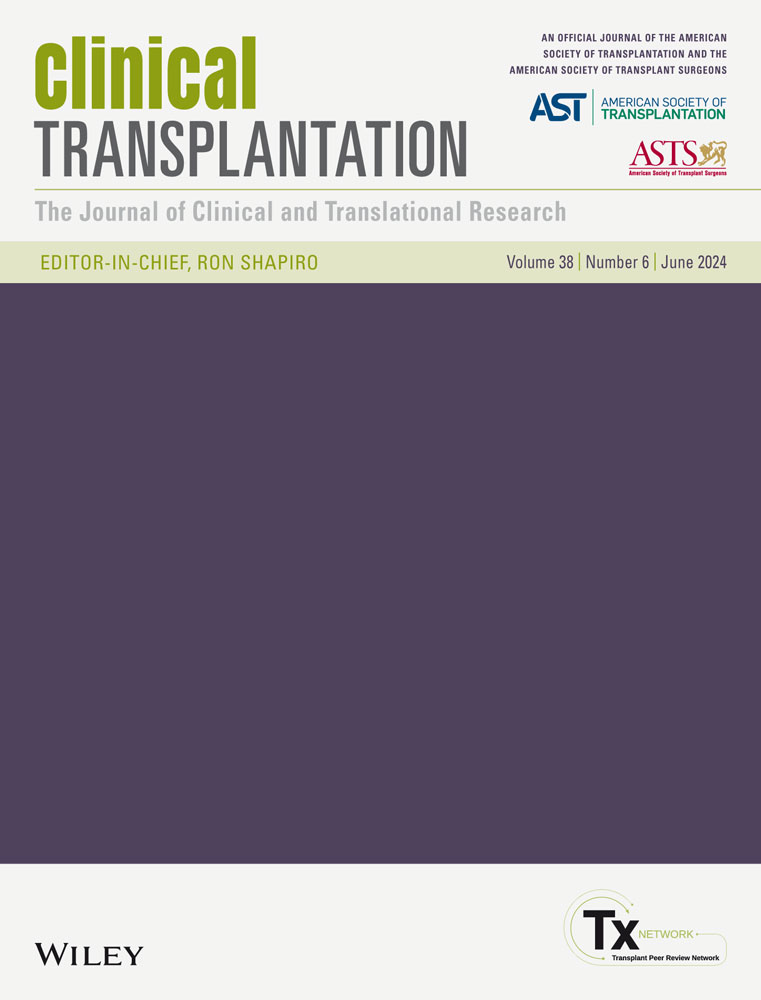Incidence and Risk Factors for Stroke After Combined Heart-Kidney and Heart-Liver Transplantation
This manuscript was presented as a poster at the American College of Surgeons Clinical Congress 2023, October 22–25, 2023.
Funding: This study was supported by National Heart, Lung, and Blood Institute (1K23HL157610) and Pozefsky Medical Student Research Scholarship.
ABSTRACT
Objective
While stroke is a well-recognized complication of isolated heart transplantation, stroke in patients undergoing simultaneous heart-liver (HLT) and heart-kidney transplantation (HKT) has not been explored. This study assessed postoperative stroke incidence, risk factors, and outcomes in HLT and HKT compared with isolated heart transplant.
Methods
The United Network for Organ Sharing database was queried for adult patients undergoing HLT, HKT, and isolated heart transplants between 1994 and 2022. Patients were stratified by presence of in-hospital stroke after transplant. Post-transplant survival at 1-year was assessed using Kaplan-Meier analysis and log-rank tests. Separate multivariable logistic regression models were constructed to identify risk factors for stroke after HKT and HLT.
Results
Of 2326 HKT recipients, 85 experienced stroke, and of 442 HLT recipients, 19 experienced stroke. Stroke was more common after HKT and HLT than after an isolated heart transplant (3.7% vs. 4.3% vs. 2.9%, p = 0.01). One-year post-transplant survival was lower in those with stroke among both HKT recipients (64.5% vs. 88.7%, p(log-rank) < 0.001) and HLT recipients (43.8% vs. 87.4%, p(log-rank) < 0.001. Pre-transplant pVAD, prior stroke, postoperative dialysis, diabetes, prior cardiac surgery, and heart cold ischemic time were independent risk factors for stroke after HKT, after adjusting for age, sex, and need for blood transfusion on the waitlist. For HLT, postoperative dialysis was a significant risk factor.
Conclusions
Stroke is more common after HKT and HLT than after isolated heart transplant, and results in poor survival. Independent risk factors for stroke include pre-transplant percutaneous VAD (HKT) and postoperative dialysis (HKT and HLT).
Conflicts of Interest
The authors declare no conflicts of interest.
Open Research
Data Availability Statement
The data that support the findings of this study are available from the corresponding author upon reasonable request.




